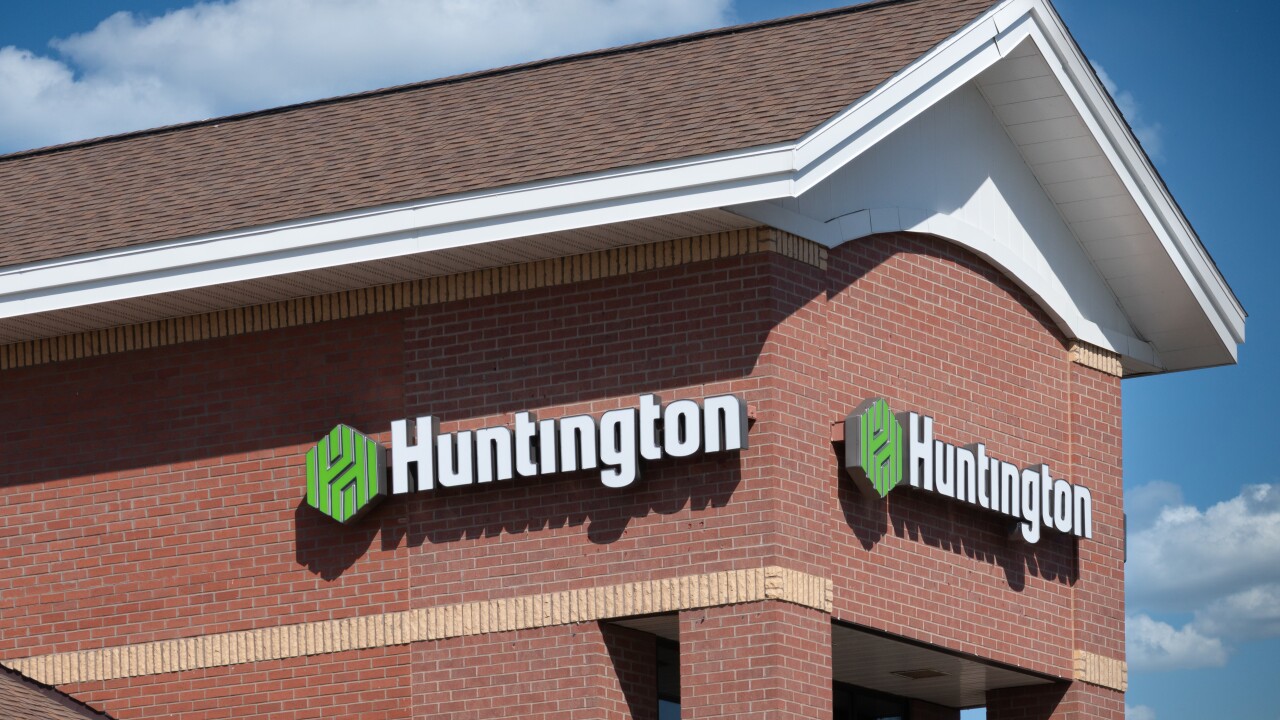Berkshire Hills Bancorp will lend and invest a total of $5 billion over the next three years, in large part to bolster the credit needs of underserved communities — including minority populations — across a footprint that spans New England and New York.
The $12.3 billion-asset bank’s top executive said that the Boston-based lender also aims to quantify its
“If we do this well — and we believe we will — we can become a shining example,” Berkshire Hills President and CEO Nitin Mhatre said in an interview.
Berkshire Hills’ $5 billion commitment includes $1.5 billion in new small-business loans and $2.5 billion in home loans. About half of those totals will be dedicated to new customers that have previously struggled to secure bank loans, Mhatre said. This includes first-time homebuyers, people with low and moderate incomes, and small businesses in predominantly minority neighborhoods.
“We are already doing these things, but now are taking it to the next level with specific targets,” Mhatre said.

The other half of the new lending commitment will go to meeting emerging community needs broadly, he said.
The company also will invest in financial coaching and technical assistance programs to help new borrowers understand their loans and make necessary preparations to repay the bank. Mhatre sees this as both a public service and a prudent way to ensure the bank maintains its risk profile.
Berkshire will also increase its socially responsible investments under management by $50 million.
Additionally, the bank ceased lending to carbon-intensive businesses such as oil and gas producers. Going forward, it will increase lending to companies involved in environmentally friendly sources of energy, including solar, water and wind power. It plans to lend $300 million to low-carbon projects as part of the new plan.
The bank also committed to using only renewable sources of electricity to power its own offices and branches. It currently gets about 60% of its electricity from such sources, but targets 100%.
Big banks such as JPMorgan Chase, Citigroup, Bank of America and Wells Fargo are reporting climate-related risks on a voluntary basis and have established ESG targets of their own across both lending and investing. Regional banks and some community lenders are trying to follow suit, given that major institutional investors such as BlackRock have made it known they expect their holdings to be on board with ESG efforts.
The $185 million-asset
Some small banks also have taken steps to
But the examples are few and far between, Mhatre said. That’s part of why Berkshire Hills is building its reputation around ESG, he said.
“There’s a long ways to go for a lot of banks,” Mhatre said. “I feel compelled through my own voice to convince more banks that it’s time to make change through their own policies.”
Michael Jamesson, a principal at the bank consulting firm Jamesson Associates, characterized the landscape similarly.
“The examples of this kind of thing are hard to find because most bankers still don’t really know how to quantify or show ESG progress” Jamesson said. “That’s why the smaller institutions have been reluctant to jump into this.”
That said, investor pressure is mounting, and if Berkshire Hills is successful, it should help trailblaze a path for others, he said.
“There’s no question we are going to see more of this in the next few years,” Jamesson said. “It’s increasingly the mood of the country and investors are demanding it.”
Additionally, investing in areas such as sustainable energy should, over time, position banks in growth industries that could fuel future profits. Socially responsible practices, meanwhile, could make the bank more competitive in terms of attracting talent.
“This is about investing in our own future and profitability, too,” Mhatre said.





